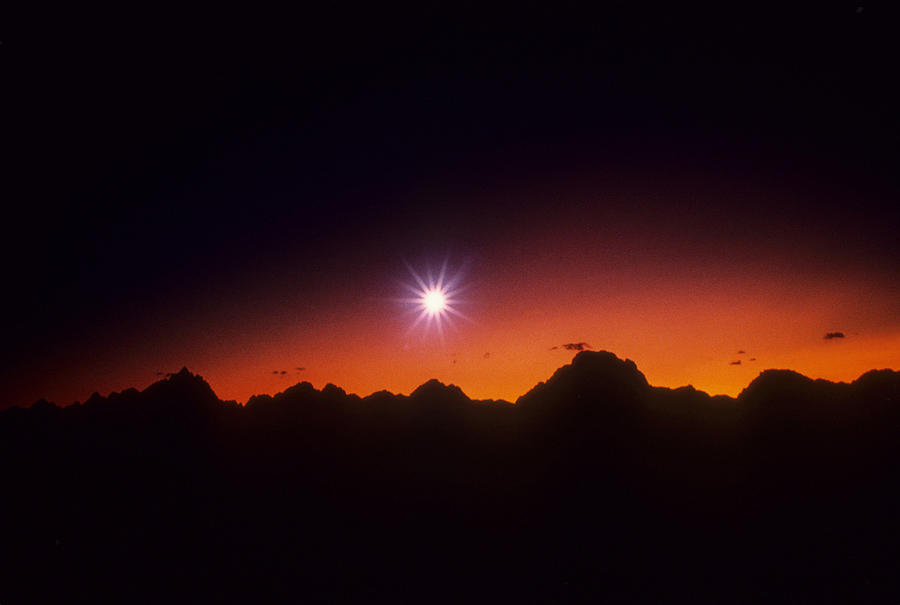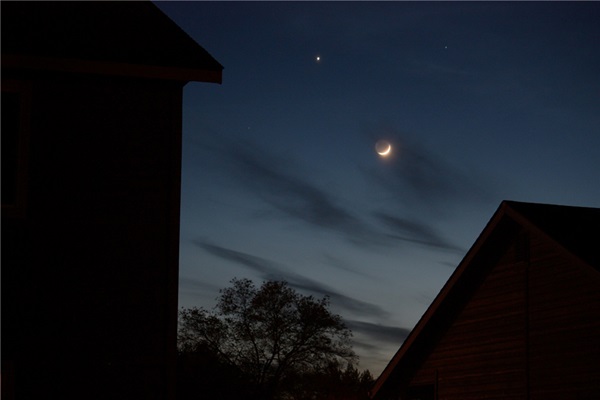Venus is the second planet from the Sun. It is named after the Roman goddess of love and beauty. As the second-brightest natural object in the night sky after the Moon, Venus can cast shadows and, rarely, is visible to the naked eye in broad daylight.
The surface of Venus is solid and like that of the Moon or Mercury, it is covered with mountains, basins, craters and faults. On the ground, the atmospheric pressure is 93 times higher than on Earth, which flattened all the reliefs as seen in the photos below.
The atmosphere of Venus is 96.5% carbon dioxide mixed with a little water vapor, oxygen, carbon monoxide and compounds based on sulfur, chlorine and fluorine. In summary, it looks like a polluted and acidic atmosphere that smells like rotten eggs!
The space probes also recorded dozens of lightning and storm rumblings in its atmosphere as well as winds blowing locally at 470 km / h, some clouds circling the planet in 4 days!
In addition, because of this thick atmosphere of carbon dioxide, it is horribly hot and the greenhouse effect is enormous: the ground temperature is on average 485 ° C (against ~ 15 ° C on Earth) but can go up to 900 ° C!
These temperatures and pressures are so extreme that even the metal-built spacecraft that visited Venus broke down after only one to two hours, probably broken or melted circuits!
Like Mercury, Venus is an unbearable planet, a torrid and inhospitable desert on which man will never set foot at the risk of losing his life.
Finally, like Mercury, one can witness transits of Venus in front of the Sun. This is a very rare phenomenon that occurs on average every 120 years. The last transit occurred on June 6, 2012 and the next will take place on December 11, 2117 and 2125. In short, none of us will be there to observe them.


dddd
Hhh
aswd
ddd
Great article!
Nice
Nice
jkbbjik
аа
Nice